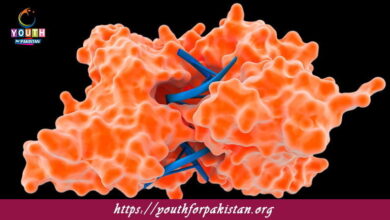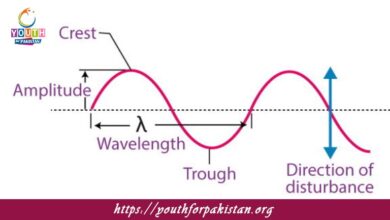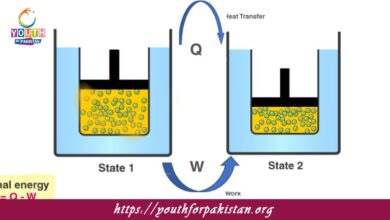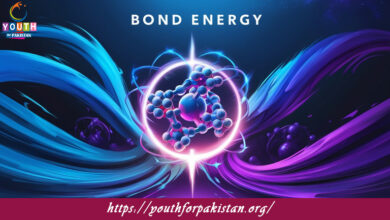Proteins MDCAT MCQs with Answers
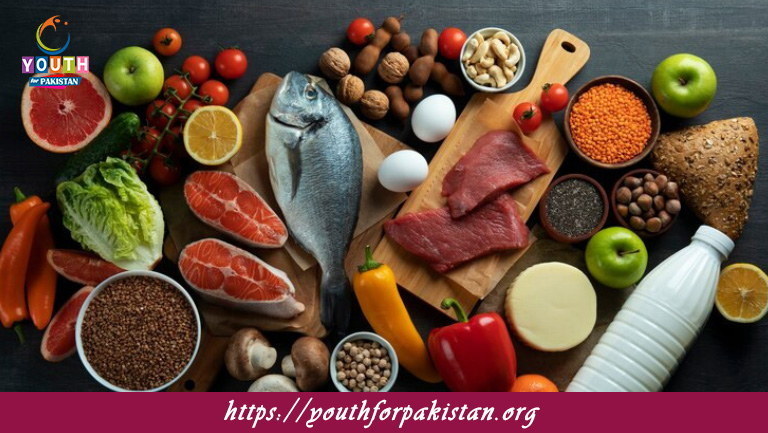
Welcome to the Proteins MDCAT MCQs with Answers. In this post, we have shared Proteins Multiple Choice Questions and Answers for PMC MDCAT 2024. Each question in MDCAT Chemistry offers a chance to enhance your knowledge regarding Proteins MCQs in this MDCAT Online Test.
Proteins are primarily composed of:
a) Carbohydrates
b) Lipids
c) Amino acids
d) Nucleotides
The sequence of amino acids in a protein is known as its:
a) Primary structure
b) Secondary structure
c) Tertiary structure
d) Quaternary structure
The alpha-helix and beta-pleated sheet are examples of:
a) Primary structure
b) Secondary structure
c) Tertiary structure
d) Quaternary structure
Which of the following bonds are important in stabilizing the tertiary structure of proteins?
a) Hydrogen bonds
b) Disulfide bonds
c) Ionic bonds
d) All of the above
The term used to describe the complete, functional form of a protein consisting of multiple polypeptide chains is:
a) Primary structure
b) Secondary structure
c) Tertiary structure
d) Quaternary structure
Which of the following amino acids contains a sulfur atom?
a) Alanine
b) Valine
c) Cysteine
d) Glycine
The bond formed between the amino group of one amino acid and the carboxyl group of another is known as a:
a) Ionic bond
b) Hydrogen bond
c) Peptide bond
d) Disulfide bond
Proteins that act as biological catalysts are called:
a) Enzymes
b) Hormones
c) Antibodies
d) Structural proteins
The tertiary structure of a protein is stabilized by:
a) Only hydrogen bonds
b) Only ionic bonds
c) Only disulfide bonds
d) All types of bonds and interactions
The basic unit of proteins is:
a) Nucleotide
b) Fatty acid
c) Amino acid
d) Monosaccharide
Which level of protein structure is determined by the specific sequence of amino acids?
a) Primary structure
b) Secondary structure
c) Tertiary structure
d) Quaternary structure
The beta-pleated sheet is a type of:
a) Primary structure
b) Secondary structure
c) Tertiary structure
d) Quaternary structure
Enzymes are a type of protein that:
a) Store genetic information
b) Act as biological catalysts
c) Provide structural support
d) Transport molecules
The quaternary structure of a protein involves:
a) Interactions between polypeptide chains
b) Alpha-helix formation
c) Beta-sheet formation
d) Peptide bond formation
Which type of protein structure refers to the three-dimensional folding of a single polypeptide chain?
a) Primary structure
b) Secondary structure
c) Tertiary structure
d) Quaternary structure
What is the primary function of hemoglobin in the blood?
a) Enzyme catalysis
b) Oxygen transport
c) Immune defense
d) Cell signaling
Proteins that provide mechanical support and strength to cells and tissues are called:
a) Enzymes
b) Transport proteins
c) Structural proteins
d) Hormones
Which of the following amino acids is essential in the human diet?
a) Glycine
b) Serine
c) Valine
d) Alanine
The term “denaturation” in proteins refers to:
a) The formation of peptide bonds
b) The loss of tertiary and secondary structure
c) The addition of a prosthetic group
d) The binding of a coenzyme
Which protein structure is held together primarily by hydrogen bonds?
a) Primary structure
b) Secondary structure
c) Tertiary structure
d) Quaternary structure
Which protein structure involves interactions between multiple polypeptide chains?
a) Primary structure
b) Secondary structure
c) Tertiary structure
d) Quaternary structure
In which protein structure do disulfide bridges play a significant role?
a) Primary structure
b) Secondary structure
c) Tertiary structure
d) Quaternary structure
The term “prosthetic group” refers to:
a) A non-polypeptide component required for protein activity
b) An amino acid sequence
c) The primary structure of a protein
d) A type of secondary structure
What type of protein structure is determined by interactions such as hydrogen bonding, ionic interactions, and disulfide bonds within a polypeptide chain?
a) Primary structure
b) Secondary structure
c) Tertiary structure
d) Quaternary structure
Which of the following is a characteristic of globular proteins?
a) Long, fibrous chains
b) Soluble in water
c) Provide structural support
d) Form insoluble fibers
In protein synthesis, which molecule carries amino acids to the ribosome?
a) mRNA
b) tRNA
c) rRNA
d) DNA
Which of the following amino acids is a basic amino acid?
a) Aspartic acid
b) Glutamic acid
c) Lysine
d) Alanine
What is the function of chaperone proteins?
a) To catalyze biochemical reactions
b) To assist in the correct folding of other proteins
c) To transport molecules across membranes
d) To provide structural support
The term “alpha-helix” refers to a type of:
a) Primary structure
b) Secondary structure
c) Tertiary structure
d) Quaternary structure
Which protein structure involves only one polypeptide chain and is not associated with other chains?
a) Primary structure
b) Secondary structure
c) Tertiary structure
d) Quaternary structure
What type of interaction stabilizes the alpha-helix structure in proteins?
a) Hydrogen bonds
b) Ionic bonds
c) Disulfide bonds
d) Hydrophobic interactions
Enzymes that help in the synthesis of peptide bonds are called:
a) Hydrolases
b) Proteases
c) Ligases
d) Polymerases
Which of the following is NOT a function of proteins?
a) Catalyzing biochemical reactions
b) Storing genetic information
c) Providing structural support
d) Transporting molecules
The unique sequence of amino acids in a protein is determined by:
a) Its secondary structure
b) Its tertiary structure
c) Its primary structure
d) Its quaternary structure
Which protein structure is most affected by changes in pH or temperature?
a) Primary structure
b) Secondary structure
c) Tertiary structure
d) Quaternary structure
The “lock and key” model of enzyme action refers to:
a) The enzyme’s active site being complementary to the substrate
b) The enzyme changing shape to fit the substrate
c) The enzyme binding to a cofactor
d) The enzyme’s substrate binding reversibly
The term “denaturation” most accurately describes:
a) The loss of primary structure
b) The formation of peptide bonds
c) The loss of secondary and tertiary structure
d) The binding of substrates to enzymes
The process of protein synthesis that occurs in the ribosome is called:
a) Transcription
b) Translation
c) Replication
d) Transposition
The addition of which type of group can modify the activity of a protein?
a) Hydroxyl group
b) Phosphate group
c) Methyl group
d) Amino group
In protein chemistry, “hydrophobic interactions” primarily involve:
a) Polar amino acids
b) Nonpolar amino acids
c) Hydrogen bonds
d) Ionic bonds
If you are interested to enhance your knowledge regarding Physics, Chemistry, Computer, and Biology please click on the link of each category, you will be redirected to dedicated website for each category.


